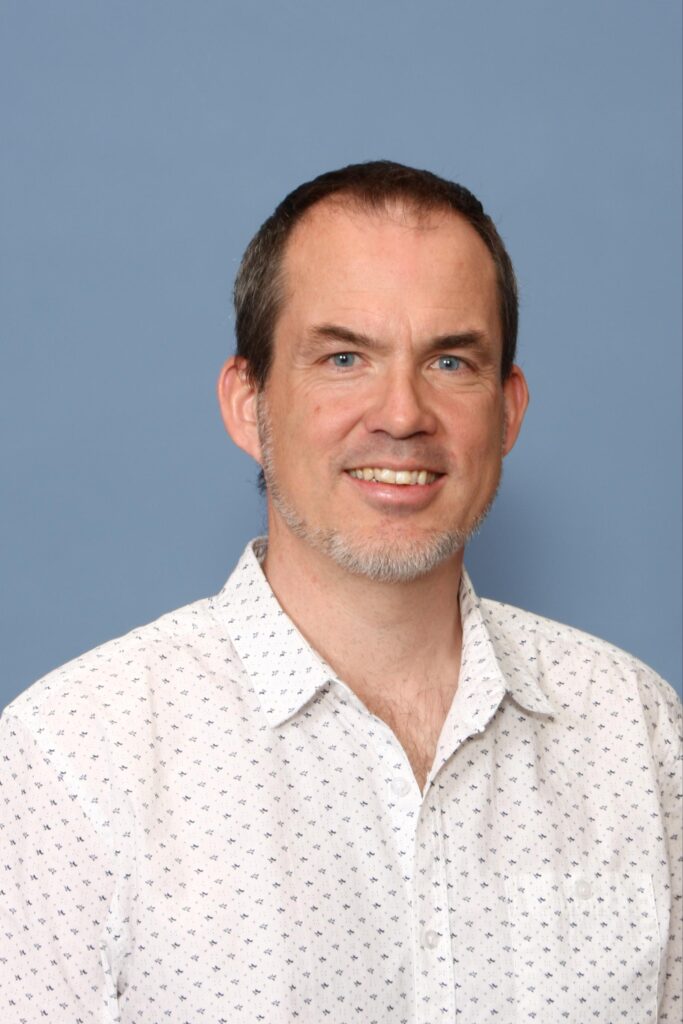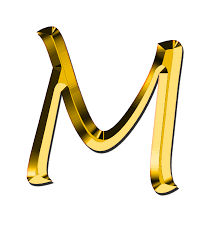About Me
My teaching career began in 1995, and in 2014, I decided to pursue a Master’s in Education (Distance Education). Why? Well, formal education and lifelong learning have always taken me to the next level. I knew exactly where my BA in English would take me, it took me to Japan. At the time of writing this, I am two semesters away from completing my MEd (DE) and I don’t know where it will take me. All I know is that the possibilities are endless, and all avenues seem exciting with each path presenting its own unique opportunity and challenges.
Before moving on, let me explain my learning goals going into the program; I hoped to:
- get a better perspective of the different approaches to teaching online compared to in-class.
- get a theoretical understanding of adult learning; I have taught adults for 20 years but have little theoretical basis for my teaching approach.
- get a MEd to be able to teach in university.
- build a solid foundation in my overall skills as a teacher, this would include leadership, collaboration, research, and learning theory.
- collaborate with like-minded peers and share their best practices to better understand what works and what doesn’t work so well and why this is so.
- to improve my income potential; the earning potential of ESL teachers is very limited without higher credentials.
Let me quickly explain how I got into teaching in the first place and why I continued. My teaching career began as a technical support representative when my boss asked me to teach a software class. I always look for challenges and ways to improve, so I jumped on the opportunity. I realized that I enjoyed being a teacher and helping people achieve their goals through education.
I soon felt stagnant; teaching software was mundane and lackluster. In 1998, I made the decision to go back to university to get a bachelor’s degree to teach in Japan. In 2000, I was teaching my first adult English class in Tokyo. In 2003, I was teaching at Japan Airlines where I stepped in to teaching business skills and became a teacher-trainer and administrator. I enjoyed the responsibilities, but the conservative nature of corporate Japan limited my growth potential as an educator. I felt there must be more structure, theory and potential inherent to education. Again, it was time to take the next step.
On March 11, 2011 the 9.0 earthquake in Tokyo threw me off my chair while teaching. Soon after, radiation levels began escalating near our home due to the Fukushima disaster. We decided to move back to Canada. In 2013, I landed a college teaching job and started in May. After 13 years of developing a student focused teaching style in Japan, I was required to deliver teacher-centric “sage-on-stage” lectures to teach medical terminology and pronunciation. I left after one-year because I was being asked to teach in a style that contradicted adult learning theories and I was not achieving the same results as I had when teaching student-centered lessons. I didn’t have the theoretical knowledge to present to my supervisor to support a student-centered approach, nor did I have the credentials to offer credibility to my opinions. I felt this was a weakness that I needed to strengthen.
I then worked in Vancouver’s ESL industry, which offered no stability, growth, or future. At that point, my wife suggested it would be a great time to take the next step and get a Masters; a Masters would allow me to teach at a university level, or simply open many doors. Coincidentally, I was offered a stable, well-paid full-time position as a business skills instructor just before enrolling at AU. I had a family to support, so I had to decide which was best, commit to a MEd or accept full-time employment. The MEd path was an easy choice.
In January 2015, I began the MEd program. However, why did I choose this program, and why at Athabasca? I had wanted to teach in university, and a MEd was required. That was, at the beginning, the main reason, but that reason has since changed. I took a MEd specifically in distance education because I greatly enjoy the benefits of learning online. I feel this form of learning is growing in popularity and will be the norm in the future. Personally, I prefer teaching and learning online to the classroom. Athabasca is Canada’s leading distance education university, and it is gaining more international recognition. So AU was the obvious choice. AU is an institution that sets the pace and is the future in online learning and I am grateful that I can be a part of it.
I hope you can take something away from my journey outlined in this e-Portfolio, and I greatly appreciate your interest in my voyage.

Selected Artefacts
These are my selected artefacts. I feel they encapsulate many of the competencies of the courses and have all given me a solid foundation of theory and practical experience that I can take away with me and apply in my career. As I move forward, I can expand on what I have learned to excel in my career as an educator and e-learning designer.
Artefact 1: MDDE 604 – Instructional Design Strategy
This artefact, from Instructional Design in Distance Education, was selected because it gave me a solid understanding of the theory behind design effective learning objects as they applied to an LMS that I had created in Canvas and using to teach English learners overseas.
Artefact 2: Professional Life – An e-Learning Example
Artefact 2 demonstrates the reasoning and theoretical foundation that I applied when developing an e-Learning example to make a career change and get a job in my chosen field, e-Learning design.
Artefact 3 – MDDE 605 – Planning and Management in Distance Education and Training
Assignment 3, Artefact 3 of my MDDE journey, encapsulates all that I have learned in MDDE 605 and lessons that I can apply to my own business and the NPO where I work. This comprehensive business plans reflects a detailed understanding of the business aspects of running a profitable distance education organization.
Artefact 4: Assignment 3 MDDE 665 Collaboration and Mentoring
This artefact reflects on what can be achieved even when a course does not go as smoothly as one would hope.
Artefact 5: MDDE 660: On the Topic of Leadership
I want to include an artefact from this course. I need to better understand the role of leader and the concept of leadership in education in order to excel in my profession. It was my first and only opportunity to present to a group of peers globally on a convoluted topic using technologies that I was not familiar with, and it went flawlessly ending in a perfect grade.

